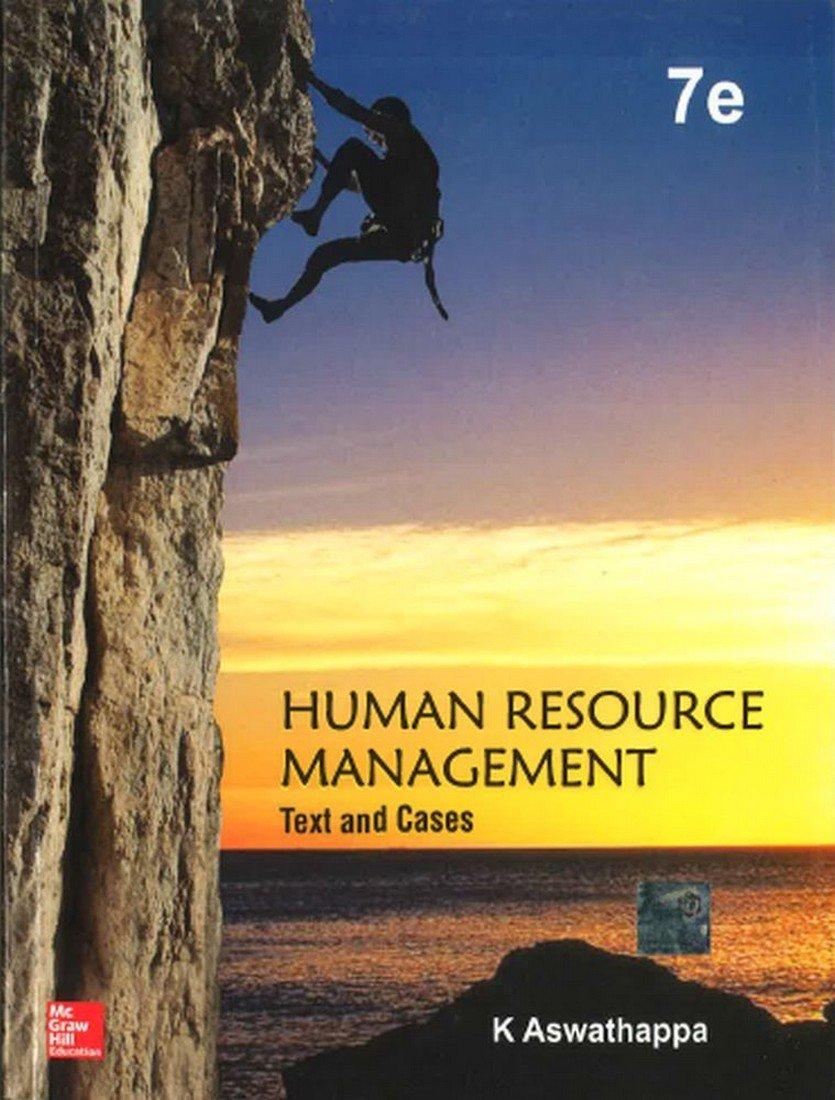It was past 4 pm and Purushottam Kshirsagar was still at his shopfloor office. The small but
Question:
It was past 4 pm and Purushottam Kshirsagar was still at his shopfloor office. The small but elegant office was a perk he was entitled to after he had been nominated to the board of Horizon Industries (P) Ltd., as workman-director six months ago. His shift generally ended at 3 pm and he would be home by late evening. But that day, he still had long hours ahead of him.
Kshirsagar had been with Horizon for over twenty years. Starting off as a substitute mill-hand in the paint shop at one of the company’s manufacturing facilities, he had been made permanent on the job five years later. He had no formal education. He felt this was a handicap, but he made up for it with a willingness to learn and a certain enthusiasm on the job. He was soon marked by the works manager as someone to watch out for.
Simultaneously, Kshirsagar also came to the attention of the president of the Horizon Employees’ Union who drafted him into union activities.
Even while he got promoted twice during the period to become the head colour mixer last year, Kshirsagar had gradually moved up the union hierarchy and had been thrice elected secretary of the union.
Labour-management relations at Horizon were not always cordial. This was largely because the company had not been recording a consistently good performance. There were frequent cuts in production every year because of go-slows and strikes by workmen—most of them related to wage hikes and bonus payments.
With a view to ensuring a better understanding on the part of labour, the problems of company management, the Horizon board, led by chairman and managing director Avinash Chaturvedi, began to toy with the idea of taking on a workman on the board. What started off as a hesitant move snowballed, after a series of brainstorming sessions with executives and meetings with the union leaders, into a situation in which Kshirsagar found himself catapulted to the Horizon board as workman-director.
It was an untested ground for the company. But the novelty of it all excited both the management and the labour force. The board members—
all functional heads went out of their way to make Kshirsagar comfortable and the latter also responded quite well. He got used to the ambience of the boardroom and the sense of power it conveyed. Significantly, he was soon at home with the perspectives of top management and began to see each issue from both sides.
It was smooth going until the union presented a week before the monthly board meeting, its charter of demands, one of which was a 30 per cent across-the-board hike in wages. The matter was taken up at the board meeting as part of a special agenda.
“Look at what your people are asking for”, said Chaturvedi, addressing Kshirsagar with a sarcasm that no one in the board missed. “You know the precarious finances of the company. How could you be a party to a demand that simply can’t be met? You better explain to them how ridiculous the demands are”, he said.
“I don’t think they can all be dismissed as ridiculous”, said Kshirsagar.
“And the board can surely consider the alternatives. We owe at least that much to the union”. But Chaturvedi adjourned the meeting in a huff, mentioning, once again to Kshirsagar that he should “advise the union properly”.
When Kshirsagar told the executive committee members of the union that the board was simply not prepared to even consider the demands, he immediately sensed the hostility in the room. “You are a sell out”, one of them said. “Who do you really represent—us or them?” asked another.
“Here comes the crunch”, thought Kshirsagar. And however hard he tried to explain, he felt he was talking to a wall.
A victim of divided loyalities, he himself was unable to understand whose side he was on. Perhaps the best course would be to resign from the board. Perhaps he should resign both from the board and the union. Or may be resign from Horizon itself and seek a job elsewhere. But, he felt, sitting in his office a little later, “none of it could solve the problem”.
Question
1. What should he do?
Step by Step Answer:






